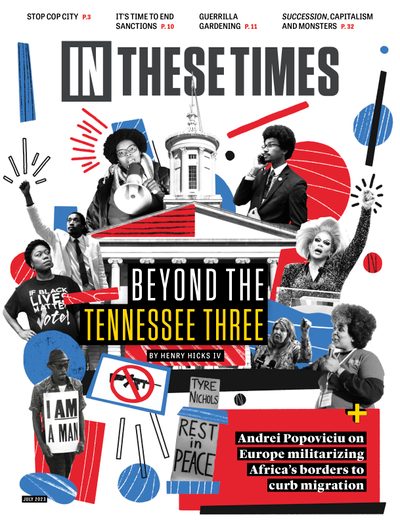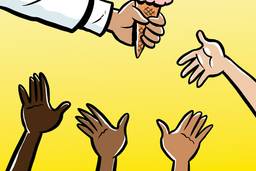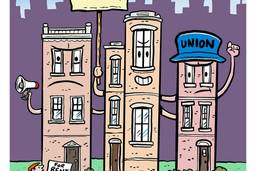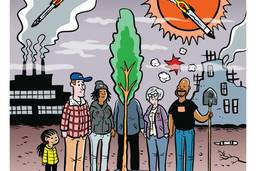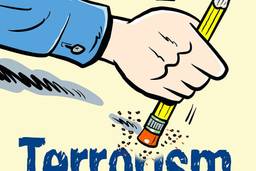The Guerrilla Gardeners Seedbombing the Suburbs
How guerrilla gardeners supply healthy food, beautify their community and support the local ecosystem.
Dayton Martindale
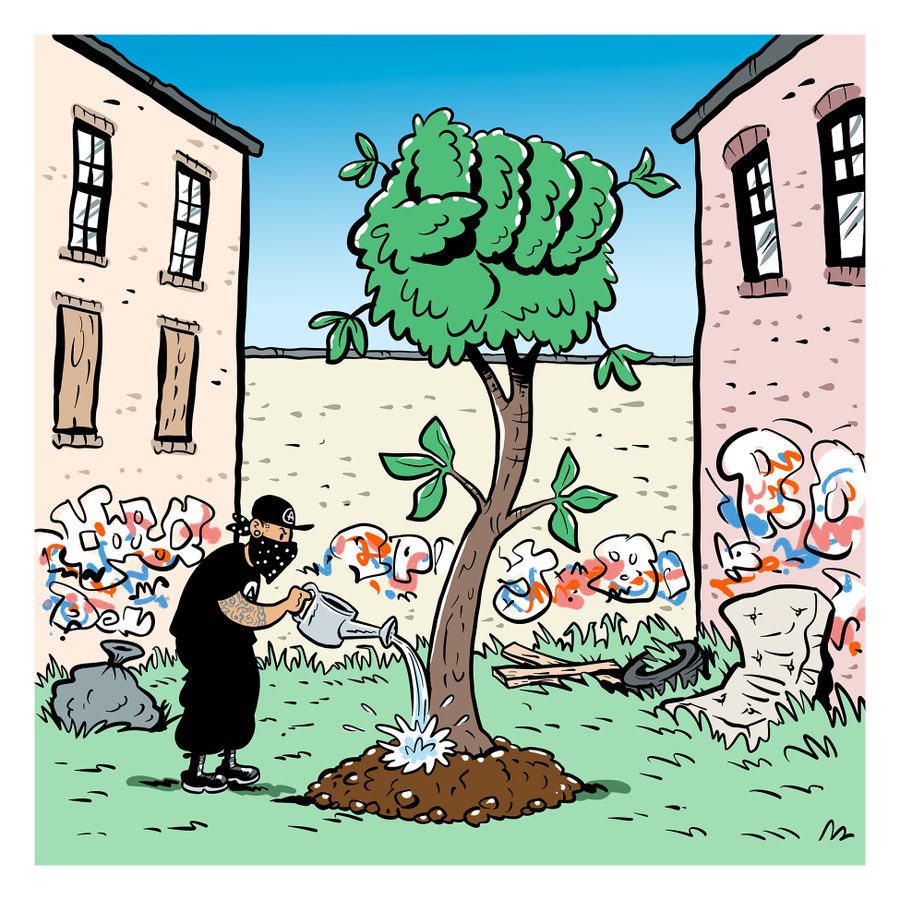
guer·ril·la gar·den·ing
noun
1. Planting food and native species where, strictly speaking, they aren’t allowed (e.g., vacant city lots)
What’s the point?
It depends! A lot of guerrilla gardeners simply want to supply healthy food for themselves and their neighbors, while others want to beautify their communities, make them less hot (green spaces help cities stay cool), or support pollinators and local wildlife. Still others put extra emphasis on the “guerrilla” part: The fall 2001 issue of the anarchist quarterly Disorderly Conduct, for example, suggests particular greenery to plant “along the foundation of government buildings” to “tear up concrete.”
Cool. Tell me more about that first part.
The organization Food Not Lawns says a good place to start is by replacing your own lawn with food and native plants. But because not everyone owns a lawn, advocates argue there is major guerilla potential in, er, “extra-legal” spaces. Abandoned lots are a common site for guerilla gardens, as are strips of land along roads and sidewalks, and even city parks. Often covered in concrete or (at best) mowed grass, all that land could instead be feeding us, shading us, helping pollinators and generally making our lives more pleasant. (And yes, you can always start by asking the city for permission.)
What if I don’t know how to garden?
Another way to start is by “propaganda of the seed.” Some gardeners make “seedbombs,” which are little balls of compost, clay and seeds. As gardener Josie Jeffery explains in her book, Seedbombs: Going Wild with Flowers, the clay holds the “bomb” together so the seeds don’t scatter in the wind, while the compost provides nutrients. “Here you have in the palm of your hand a little revolution,” she writes, “something that contains the early stages of a field of wild flowers, edible crops or a herb garden.” You can throw these seedbombs anywhere— into an alleyway or out your bus window — so long as you are conscious of whether the seeds you chose are a good fit for the local environment.
“Next time you see a foxglove growing by a set of traffic lights,” Jeffery writes, “you’ll know a guerrilla gardener has been there!”
This is part of “The Big Idea,” a series offering brief introductions to progressive theories, policies, tools and strategies that can help us envision a world beyond capitalism. For past In These Times coverage of these ideas, see, “Praxis Makes Perfect” and “Fifteen Minute Cities Could Be the Future of Urban Planning”.
Dayton Martindale is a freelance writer and former associate editor at In These Times. His work has also appeared in Boston Review, Earth Island Journal, Harbinger and The Next System Project. Follow him on Twitter: @DaytonRMartind.
